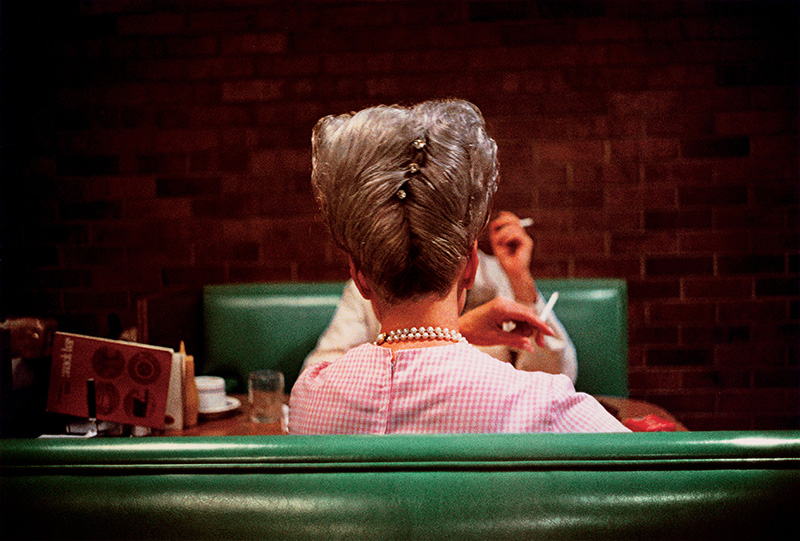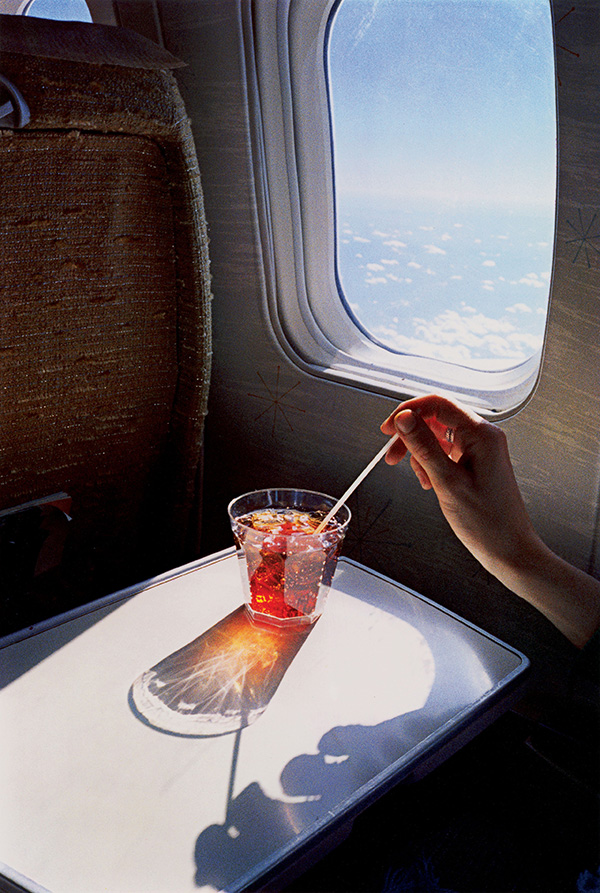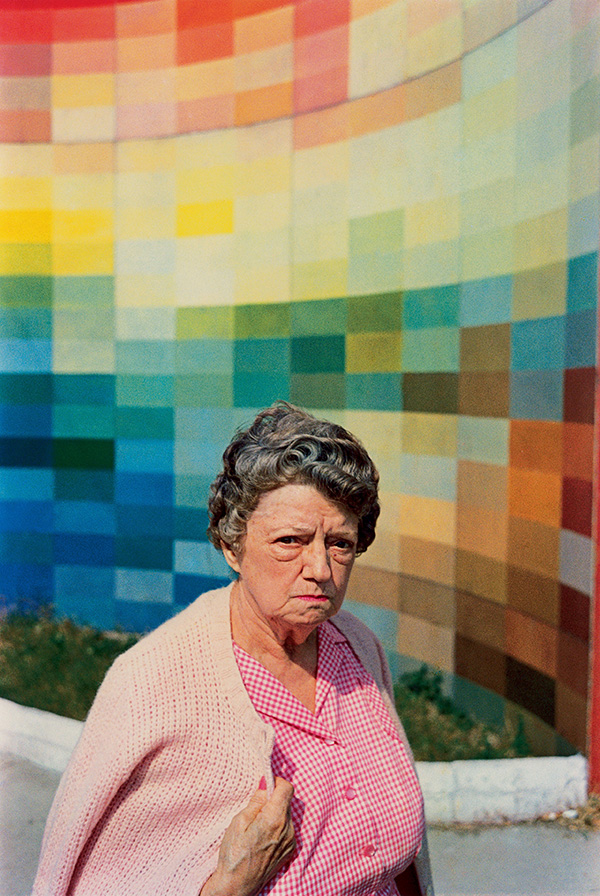PHOTO:William Eggleston-Los Alamos
 William Eggleston is known for his pioneering work in color photography, which he helped establish as a serious artistic medium. Using a color intense, dye-transfer printing process and working within the seemingly artless snapshot style, Eggleston photographed everyday life, adhering to a philosophy of the “democratic camera” that ignored representational hierarchies.
William Eggleston is known for his pioneering work in color photography, which he helped establish as a serious artistic medium. Using a color intense, dye-transfer printing process and working within the seemingly artless snapshot style, Eggleston photographed everyday life, adhering to a philosophy of the “democratic camera” that ignored representational hierarchies.
By Dimitris Lempesis
Photo: Foam Archive
William Eggleston’s exhibition “Los Alamos”, at Foam displays his portfolio of photographs that were taken on various road trips through the southern states of America between 1966 and 1974. The exhibition includes a number of iconic images, amongst which Eggleston’s first color photograph. Originally shot on negative film between 1965 and 1974 during a road trip in the American South and West with his friend Walter Hopps (who was also an art critic, an American museum director and a curator). The body of work takes its title from the Los Alamos laboratory for the development of atomic weapons, which Hopps is said to have pointed out to Eggleston while driving through New Mexico. Eggleston was intrigued by the site, and so he dubbed the series The Los Alamos Project. In its original concept, the Los Alamos images would be shown only as a group, with no commentary, titles, or representational hierarchy, essentially imitating for the viewer the artist’s own visual experience of the world. “I had this notion of what I called a democratic way of looking around, that nothing was more or less important” Eggleston has remarked. Most of the images are geographically nondescript, and thus remain strangely timeless, like series of moments continually happening in the present. The automobile, one of the most familiar icons of American culture, appears often in the series. Many Eggleston cars are parked, or used as framing devices for portraits of their drivers and reflective surfaces to mirror the environment. People are less common in the pictures, though their presence is felt in the objects they leave behind-hand-lettered signs, a mop head caught on a chain-link fence, a dilapidated swing set-which, through Eggleston’s lens, take on the significance of artifacts. The images seem almost incidental, yet there is an exact composition that uses power lines crisscrossing the sky or a stretch of fence as a formal device to divide the picture plane, or aligns the angled front wheel of a parked car with the high oval window of a building in the background. Initially meant to appear in book form as an encyclopedic 20-volume portfolio of more than 2,000 photographs, the “Los Alamos” series was put aside by the artist in order to work on other projects, and many of the negatives were never printed. Now, almost 50 years later, these pictures offer new insight into Eggleston’s aesthetics, his use of color, and the casual beauty of his observations. Seen together, the “Los Alamos” photographs add up to a careful investigation of how we look at the world, a testament to the complexity of the instant.
Info: Foam, Keizersgracht 609, Amsterdam, Duration 17/3-7/6/17, Days & Hours: Mon-Wed & Sat-Sun 10:00-18:00, Thu-Fri 10:00-21:00, www.foam.org


